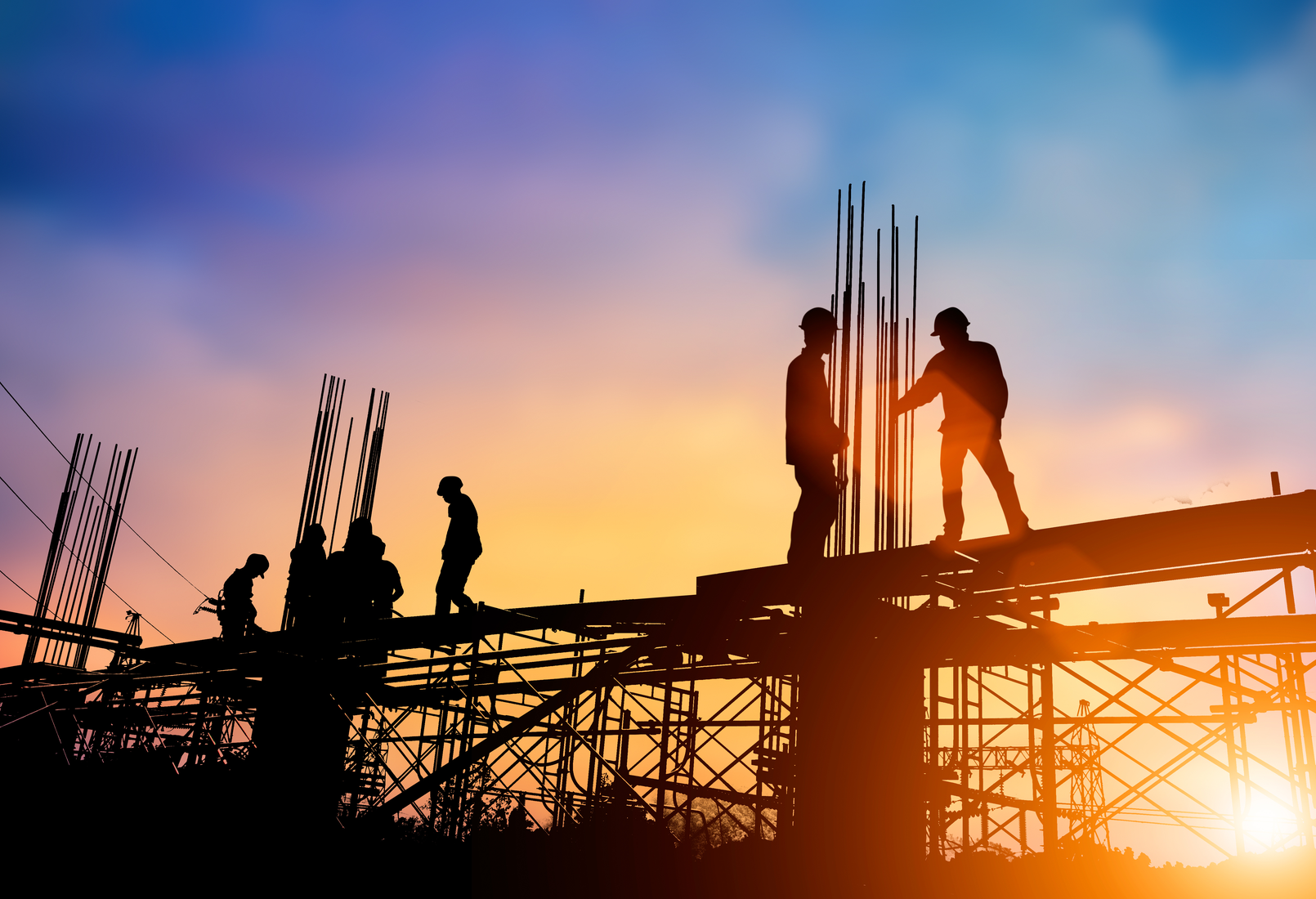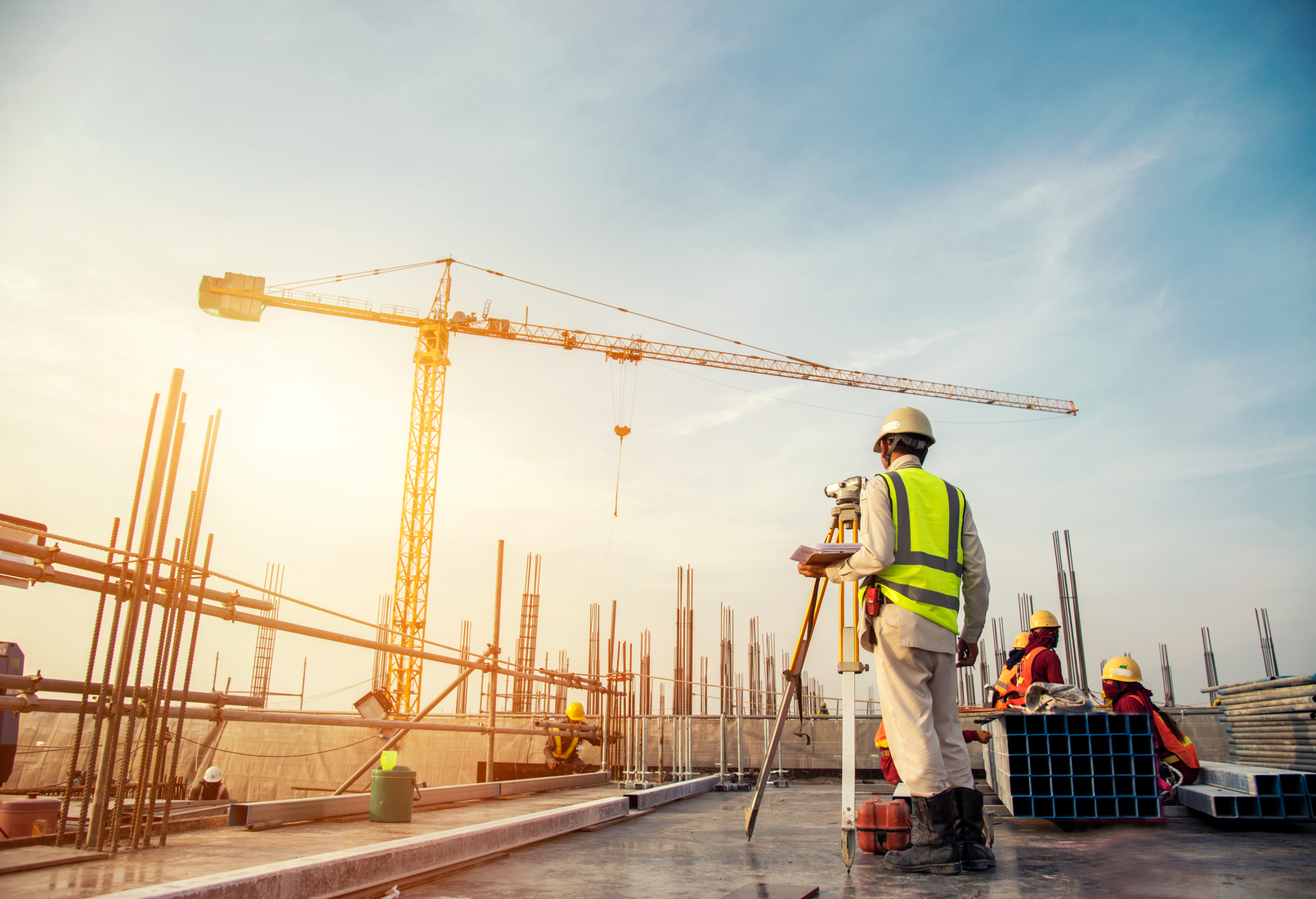COVID 19 and a Construction Sector Lockout – COVID with a Twist
At the time of writing, an escalation of the COVID-19 Delta variant continues to quietly and insidiously insert itself into our community, particularly in Sydney. As part of the NSW State Government response to this threat, a temporary closure to the construction industry was announced in July – a tactic that the Victorian State Government considered unnecessary to deploy, albeit these NSW restrictions are considered under a different variant environment. Whilst a partial reopening of the industry has commenced, large parts of metropolitan Sydney remained closed to any construction activity.
In Olympic Diving terminology, consider this COVID-19 with a 3.5 degree of difficulty.
The Industry
Construction is a vital component of the Australian economy. According to a recent report by the Australian Industry and Skills Committee, the Construction industry generates over $360 billion in revenue, produces around 9% of Australia’s GDP, and employs over 1.1 million people. When the NSW government announced a closure of construction sites to contain COVID, the industry response was a mixture of shock, surprise, uncertainty and then resolve.
The construction industry has many component parts, and the value chain is enormous, with finance provided along the full length. This extends from “Tier 1” operators, who are large corporations particularly active in infrastructure and other “nation building” activities, all the way down to sub-contractors: the plumbers, electricians, carpenters and carpet layers, who form the human spine of activity. In between there are suppliers, engineers, architects, component manufacturers, and the list goes on.
The Value Chain
Along this whole chain, flows not just cash, but the need for financing. The debtors of one business are the creditors of someone else’s business. There are those that have delivered (sold) goods or services and are awaiting payment from their buyer (the debtor), and there are those that have received (bought) a good or service and are yet to pay their supplier (the creditor). Debtors, creditors, inventory, WIP, prepayments etc, all contribute to a cocktail of potential working capital financing needs. Cash needs to flow through the system: debtors need to pay, and creditors need to be paid, from top to bottom.
But what happens when the system stops? We are about to find out, but in the first instance, the system does not just stop. It would be nice to think of the construction industry like a car manufacturing plant: when the conveyor-belt stops, it stops everywhere. Equally.
In construction, it is more like one of those freeway traffic jams, when for some unknown reason, someone brakes too heavily resulting in a chain reaction of braking and slowing, speeding up, and then slowing down, stopping, and restarting. Still a chain, but moving unevenly, at different speeds. Frustratingly so.
Adding to the degree of difficulty, some commodity prices are now at all-time highs. Since the COVID-19 pandemic really took hold in March 2020, Steel prices (used for reinforcing (rebar)), are up 60%, and seagoing freight costs are up 300%,, all of which adds to costs and impacting someone’s profit margins.

The Financial Impact
The immediate impact is one of liquidity. If debtors do not pay, because they (themselves) have not been paid, where does the cash come from to meet the fixed costs of salary, rent, interest, etc. Businesses otherwise need to consider what cash costs can be pared back, what cash payments can be held back, what distributions/drawings can be reduced, or what level of cash buffer exists that can be drawn on?
Liquidity stress can turn quickly to questions of solvency. How much equity exists? How can that equity be monetised? What assets can be borrowed against? Is there confidence that short term borrowing need can be repaid in a commercially reasonable period of time?
From the perspective of a lender, the questions are largely the same, and it is at this point that the key element of great relationship based banking must exist; with the exchange of timely and relevant information. Relying on stale tax returns, management accounts or financial statements will not provide insight into the unexpected stresses happening in the moment. At times such as these, relationships matter, with banks, debtors, creditors, landlords, and all other critical business partners. Decisions cannot be made in an information vacuum. At the end of the day, there must be confidence that a business has a level of resilience that allows them to survive shocks. Timely information helps to understand what that level of resilience looks like.
At a more fundamental level, this also reinforces why liquidity matters, why equity matters, and why having a competitive advantage matters.
Where to from here?
Whilst it is still too early to understand what the pathway to construction reopening will look like, it is certainly reasonable to conclude that larger operators generally have the available liquidity and equity to withstand a shock to the system, whereas smaller operators, suppliers and sub-contractors who are less resilient, are more at risk of heightened stress. But this is a system, where there is a symbiotic existence that is shared by all, and which needs to have all components operating in order to be successful. A car factory still needs to have the supplier of the smallest critical component arrive on time, else no cars get built. So it will largely be with construction. That is not to say that all participants will get through unscathed. There will inevitably be some pain felt, and some businesses may fail. Many others will be bruised from the experience, with some harsh lessons learned on how to better prepare for a rainy day.
All banks are certainly on standby to respond. Customer relationships are real, with open and transparent communication the best means of getting through this period safely.








